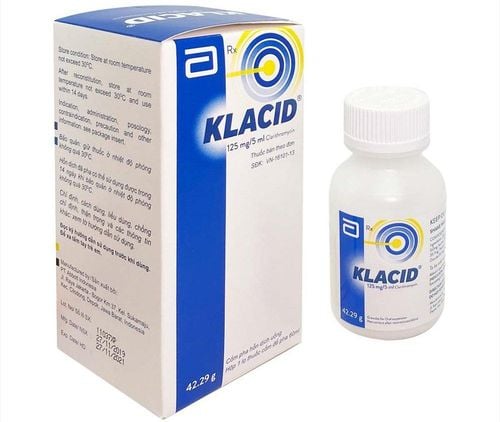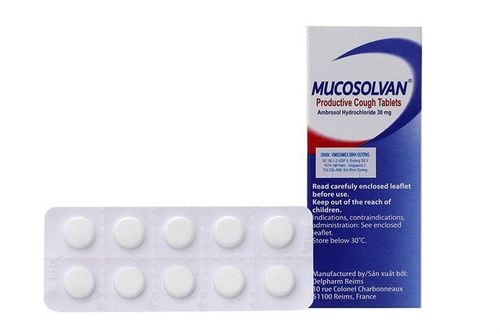This article is professionally reviewed by Dr. Nguyễn Văn Thái, a Specialist Doctor II in the Department of Otolaryngology and Head and Neck Surgery, Vinmec Da Nang International Hospital. Dr. Thái has over 17 years of experience, particularly in the field of head and neck surgery.
Pharyngitis and bronchitis are two common illnesses during weather changes, especially in colder seasons. Their symptoms are quite similar, with dry cough being a primary feature. Patients need to distinguish between coughs caused by pharyngitis and those caused by bronchitis to ensure timely and effective treatment.
1. Related Definitions
1.1. What is Pharyngitis?
The throat is the intersection of the respiratory and digestive tracts, making it vulnerable to various internal and external factors. Pharyngitis is the inflammation and swelling of the mucous membrane in the pharynx and throat. Most people experience pharyngitis at least once a year, especially during seasonal changes or colder weather. However, chronic or recurrent pharyngitis can lead to complications such as secondary infections, tonsillitis, pharyngeal inflammation, or laryngitis.
Causes of pharyngitis include viral or bacterial infections, polluted living environments, inhalation of cigarette smoke, and respiratory or gastrointestinal diseases. Symptoms include sore and itchy throat, mucus production, dry cough, hoarseness, fever, loss of appetite, and sneezing.
1.2. What is Bronchitis?
The bronchus is the airway that carries air into the lungs. The bronchial system resembles a tree, with branches dividing into smaller ones that lead air into the lungs. The two largest branches are the right and left main bronchi. Inflammation of these bronchi damages the cells lining the airway, causing swelling in the submucosal tissue, smooth muscle spasms, and mucus secretion into the bronchial lumen, resulting in symptoms such as coughing, wheezing, and mucus production.
Bronchitis is divided into 2 subtypes:
- Acute bronchitis: A short-term infection that causes airway inflammation and excessive mucus. Symptoms usually last for a few weeks.
- Chronic bronchitis: A prolonged condition lasting from months to years, making treatment challenging.
Causes of bronchitis include viral or bacterial infections, smoking, exposure to polluted air, and acid reflux. It is common during colder seasons. Symptoms typically include coughing, fever, runny nose, nasal congestion, mucus production, wheezing, rapid breathing, shortness of breath, and sneezing. Acute bronchitis can develop into chronic bronchitis, secondary infections, pneumonia, lung abscess, pulmonary tuberculosis, acute respiratory failure, or even life-threatening complications.
2. Differentiating Between Coughs Caused by Pharyngitis and Bronchitis
- Pharyngitis: Patients experience itchy throat, throat irritation, dryness, and mucus obstruction that triggers coughing. Those with pharyngitis often need to cough to relieve the itch and attempt forceful coughing to expel irritating substances. Excessive dry coughing may cause the entire throat mucosa to become red, swollen, and inflamed, and in severe cases, coughing may result in mucus mixed with blood.
- Bronchitis: Patients experience progressively worsening coughs, which may be either dry or accompanied by mucus production. Coughing often occurs in severe bouts, causing chest heaviness, wheezing, and, in some cases, shortness of breath or a feeling of breathlessness. Patients may cough up mucus that is clear, yellow, or green. Clear mucus typically indicates a viral infection, while yellow or green mucus, or mucus resembling pus, often suggests acute bacterial bronchitis, requiring antibiotic treatment.

While cough symptoms provide some clues, they are not sufficient to definitively diagnose whether the condition is pharyngitis or bronchitis. Patients should also consider accompanying symptoms and visit a hospital for an accurate diagnosis and effective treatment plan.
To arrange an appointment, please call HOTLINE or make your reservation directly HERE. You may also download the MyVinmec app to schedule appointments faster and manage your reservations more conveniently.
To arrange an appointment, please call HOTLINE or make your reservation directly HERE. You may also download the MyVinmec app to schedule appointments faster and manage your reservations more conveniently.









